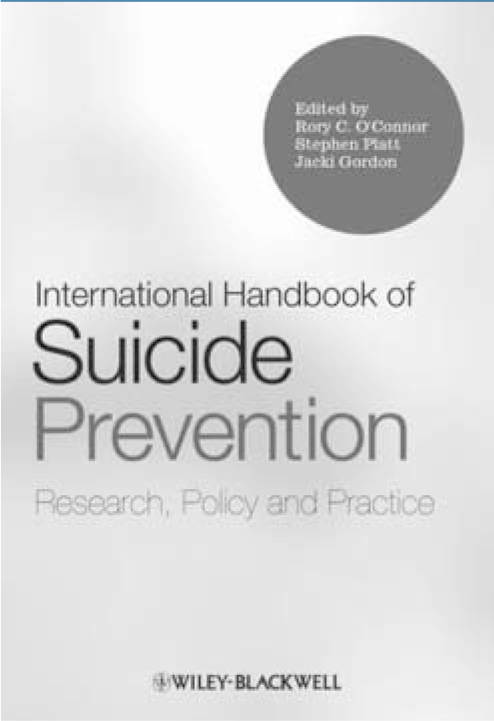
This book will find its way to the libraries of many universities in Western Europe and North America. It will interest many mental health professionals and policy makers. As they skim through the book, they may ask one question, ‘What's new?’
Suicide prevention is a major public health problem and the three editors have compiled an authoritative book with a team of contributors mainly from Western Europe and North America. The book covers every aspect of suicidology, including theory, neurobiology, clinical practice, research and policy. It is a tour de force to encompass such a broad scope from such a distinguished parade of specialists. The authors have emphasised the important point that suicide prevention is not just a medical or psychiatric problem but involves a whole spectrum of profes- sionals including psychologists, sociologists, emergency medicine doctors, ethicists, lawyers and public health administrators.
The editors have organised the contents into three sections from theory to practice and policy. Because there is more psychosocial research on suicide, the first section on theory and epidemiology has more chapters than the second section on interventional strategies and the third section on actual policy.
What will be most challenging to the reader is how to translate the policy into practical tips for people on the shop-floor level. This has not been adequately discussed in the book. The section on intervention strategies describes services and human resources not available in many countries outside of Western Europe and North America. It must be emphasised that although there are complaints about the inadequacies of the National Health Service in the UK, not many countries in the world have as comprehensive a mental health service.
Finally, one would expect an international handbook to have more contributors from outside Western Europe and North America. The editors correctly note that 60% of suicides are in Asia and in recent years there are increasing publications from Asian researchers that ought to be cited. Hopefully, the next edition will reflect this.



eLetters
No eLetters have been published for this article.